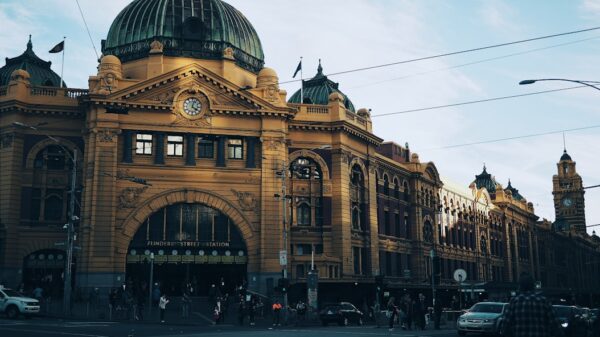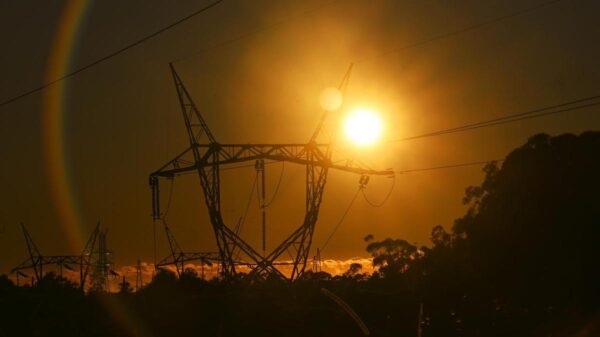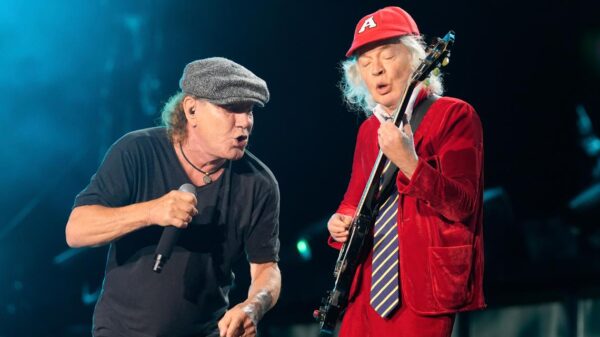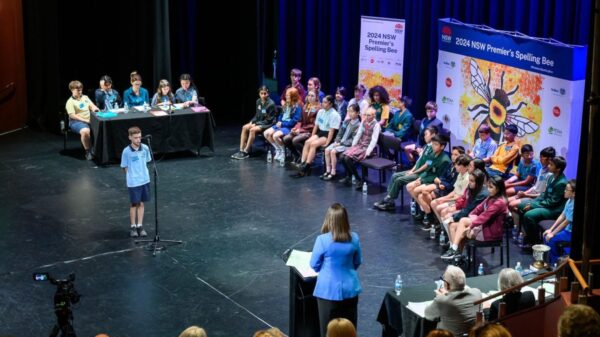Australia’s government has announced new local content quotas for foreign streaming services, including Netflix, following two investigations into arts funding. Minister for the Arts, Tony Burke, revealed this plan on November 7, 2023, coinciding with the Melbourne Cup, a significant cultural event in Australia. The new provisions allow streaming platforms to either contribute 7.5% of their revenue or 10% of their expenditure on local productions.
The decision comes after repeated promises made during two election cycles. Critics have raised concerns that this move primarily benefits the streaming industry. The intention to promote “real Aussie content that matters” appears to align closely with the interests of streaming services, which face increasing pressure to support local productions. Film producer Simon Nasht commented on the situation, stating, “Burke gets the fig-leaf he needs. Streamers get what they want.”
Under the previous proposals, streaming platforms were looking at a potential obligation to allocate up to 20% of their revenue for local production. The current deal, while still significant, represents a reduction in expected contributions, which has led to frustration among various sectors of the Australian film and television industry.
Critics argue that without an escalator clause, the arrangements may not sufficiently support the growth and sustainability of local content. The government’s decision has been described as a victory for the streaming lobby, similar to the influence held by the gaming industry over policy outcomes. The implications of these changes could have lasting effects on the Australian media landscape, particularly in fostering the development of homegrown talent and stories.
The controversy surrounding the new quotas reflects broader tensions between government policy and corporate interests. Michael West, founder of Michael West Media, has been an outspoken advocate for transparency in the relationship between corporations and government. His organization focuses on exposing the rising influence of corporations within democratic processes.
As the streaming landscape continues to evolve, the balance between encouraging local content and accommodating the demands of international platforms will be critical. The Australian government’s latest announcement offers a glimpse into how it plans to navigate this complex terrain while trying to satisfy both the local industry and foreign investors. The effectiveness of these new quotas in delivering authentic Australian narratives remains to be seen.


































































